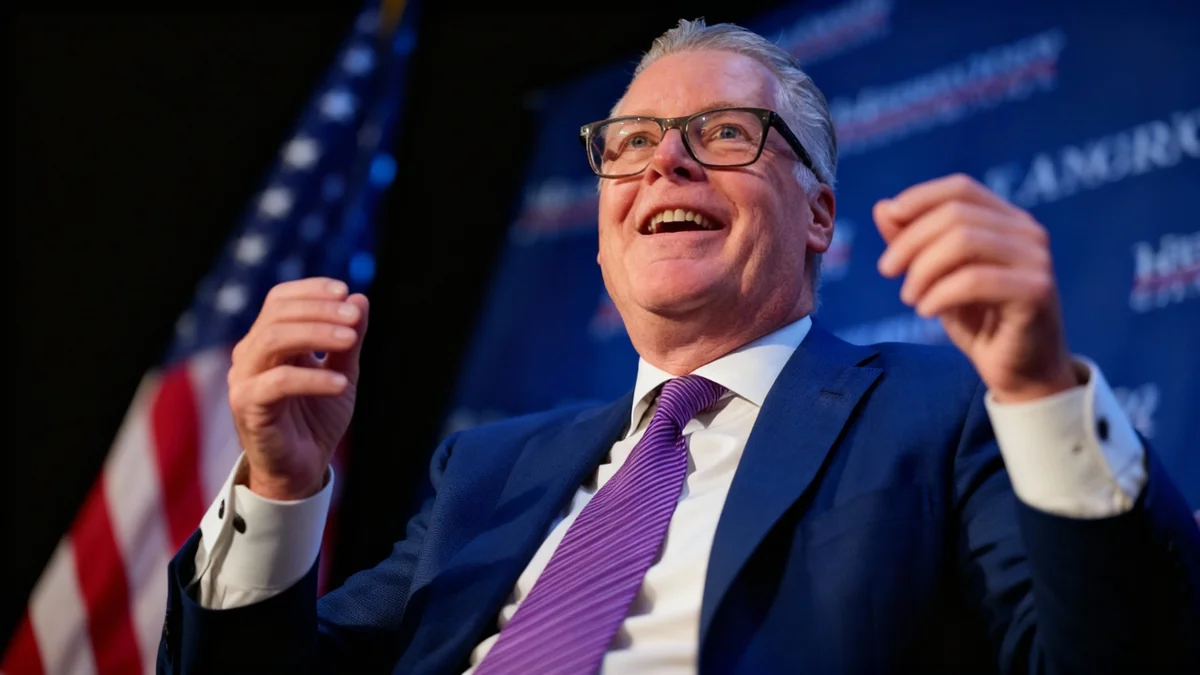Hotel loyalty programs often boast large membership numbers, but these figures may not reflect true guest engagement or repeat stays. An analysis of loyalty program data suggests that while major brands like Marriott have millions of members, smaller programs sometimes show higher levels of member interaction relative to their size. This indicates a difference between simply signing up for a discount and actively participating in a loyalty scheme.
Key Takeaways
- Marriott Bonvoy reports 248 million members, but active engagement data is not public.
- H Rewards is the largest program globally with 288 million members and over 11,000 hotels.
- Smaller programs like GHA Discovery and World of Hyatt show higher member-to-room ratios, suggesting stronger engagement.
- The number of room nights booked per member has decreased from 1.8 in 2016 to 1.0 currently.
- Discounts for joining loyalty programs drive sign-ups but do not guarantee repeat business.
Understanding Hotel Loyalty Program Size
Hotel loyalty programs frequently highlight their vast member bases. Marriott Bonvoy, for example, states it has 248 million members. However, this number represents the total count of individuals who have joined the program. It does not specify how many of these members actively earn or redeem points, or how often they stay at Marriott properties.
Marriott, like many other large hotel chains, does not publicly share data on its active member count or how it defines 'active' status. This lack of transparency makes it difficult to assess the true level of loyalty or repeat business generated by these programs. A member might simply have joined to receive an initial discount.
Global Loyalty Program Membership
The largest hotel loyalty program by member count is H Rewards, with 288 million members. H World Group, also known as Huazhu Group Limited, operates over 11,000 hotels. While they own European brands like Steigenberger and IntercityHotel, most of their properties are located in China.
Other major hotel loyalty programs also report substantial membership figures:
- H Rewards: 288 million
- Marriott Bonvoy: 248 million
- Hilton Honors: 226 million
- Jin Jiang J-Club: 200 million
- IHG One Rewards: 145 million
- Wyndham Rewards: 120 million
- Accor Live Limitless: 100 million
- Choice Privileges: 72 million
- Best Western Rewards: 64 million
- World of Hyatt: 58 million
- Global Hotel Alliance Discovery: 32 million
- Radisson Rewards: 25 million
- MeliaRewards: 15 million
- Sonesta Travel Pass: 7.7 million
Engagement Metrics Beyond Member Count
While a high total member count seems impressive, it does not fully indicate a program's strength. A more insightful metric is the number of members per room within a brand's portfolio. This ratio can reveal how engaged a program's members are relative to the chain's physical footprint.
Data compiled by Skift shows a different picture when comparing members per room:
- H Rewards: 243 members/room
- Global Hotel Alliance Discovery: 219 members/room
- Best Western Rewards: 190 members/room
- Hilton Honors: 174 members/room
- MeliaRewards: 160 members/room
- World of Hyatt: 159 members/room
- Radisson Rewards: 159 members/room
- IHG One Rewards: 145 members/room
- Marriott Bonvoy: 143 members/room
- Wyndham Rewards: 142 members/room
- Jin Jiang J-Club: 139 members/room
- Accor Live Limitless: 117 members/room
- Choice Privileges: 112 members/room
- Sonesta Travel Pass: 87 members/room
This metric highlights that smaller programs can perform well in terms of member density. A high members-per-room ratio for a smaller program suggests that its members are more likely to be regular guests or have a stronger connection to the brand.
Sean O'Neill of Skift stated, "most hotel loyalty programs are winning the headcount war but losing the engagement battle." This observation points to a critical challenge for the hotel industry.
The Decline in Room Nights Per Member
The average number of room nights booked per loyalty program member has steadily decreased. In 2016, this figure was 1.8 nights per member. It dropped to 1.1 nights two years later and now stands at approximately 1 night per member per year. This decline suggests that many new members are not frequent guests.
The Role of Member Discounts in Loyalty Growth
A significant factor driving the increase in loyalty program memberships is the widespread offering of direct booking discounts. Hotel chains began offering these 'member rates' around 2016.
For example, Hilton launched its 'stop clicking around' campaign in February 2016. Marriott introduced member rates in April 2016, and IHG followed with 'your rate by IHG Rewards Club' in May 2016. Choice Hotels also adopted this strategy in the same month.
Strategic Reasons for Member Discounts
These discounts served multiple purposes for hotel companies:
- Undercutting Online Travel Agencies (OTAs): Hotels aimed to reduce their reliance on OTAs by encouraging direct bookings, which often come with lower commission fees.
- Circumventing Rate Parity Agreements: By requiring guests to log in to see the discounted rates, hotels could offer lower prices than those available on OTA websites without violating 'rate parity' clauses.
- Driving Loyalty Sign-ups: Offering an immediate discount for joining the program encouraged more people to sign up. This expanded the hotel's database for future marketing efforts and co-branded credit card acquisitions.
When even guests who stay only once a year are added to a loyalty program for an immediate discount, it naturally dilutes the average number of nights per member. This explains the observed decline in engagement metrics.
Performance of Specific Loyalty Programs
Some programs consistently show stronger engagement or unique characteristics, despite their size.
Hilton Honors
Hilton Honors has a high number of members per room, but the program has faced criticism. Guests note frequent point devaluations. Elite members often do not receive guaranteed benefits like suite upgrades or late check-outs. In the United States, a food and beverage credit often does not cover the full cost of breakfast, which was previously a standard benefit.
Global Hotel Alliance (GHA) Discovery
GHA Discovery consistently performs well in engagement metrics. Many travelers appreciate the program's structure and the unique collection of smaller, independent brands it includes. This suggests that guests value the distinct experiences offered by GHA properties.
Best Western Rewards and World of Hyatt
Best Western Rewards also shows strong performance in terms of members per room. While Best Western is known for roadside hotels, it also offers desirable properties in Europe. World of Hyatt, a smaller program, also performs above its weight, indicating a loyal guest base.
Marriott Bonvoy and Choice Privileges
Marriott Bonvoy shows a lower members-per-room ratio compared to its large membership numbers. This suggests a lower level of consistent engagement from its vast member base. Choice Privileges also generally sees less active participation from guests, according to industry observations.
Ultimately, a high number of loyalty program members does not automatically translate to strong guest loyalty or repeat business. The data indicates that hotels need to focus more on genuine engagement strategies rather than just expanding their member databases through immediate discounts.
Loyalty Program Fees
Some hotels charge fees even for free night redemptions. For instance, the J.W. Marriott Los Cabos Resort reportedly charges a $30 redemption fee for guests using points. This fee does not apply to cash bookings.





